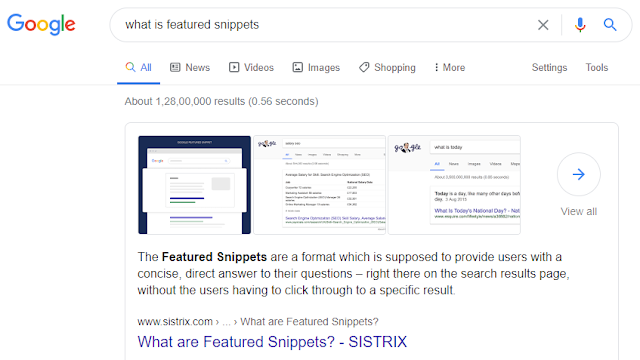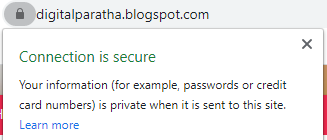Domain Authority VS Page Authority
A lot of specialists highlight page and domain authority as a basic part of Internet marketing when they talk about SEO optimization. What they neglect to do is truly clarify it in detail.
Domain Authority and Page Authority Developed by the SEO software organization Moz, domain authority is a search engine ranking score that predicts a site's capacity to rank on search engine results pages or SERPs. Domain authority goes from a score of 1 to 100. The higher your score, the better your site will rank.
What is the difference between domain authority (DA) and page authority (PA)? Would anyone be able to disclose to you how to improve page authority? For what reason did my domain authority decline?
In this article, we will talk in detail on this topic. I will clarify in detail what page and domain authority means and how they contrast. You'll additionally find out about improving them and what mistakes to keep away from that leads
to diminished authority.
What Is Domain Authority (DA)?
It's essential to initially characterize what domain authority isn't – it's not anything but a measurement Google uses to determine search rankings.
It is really an exclusive ranking score created by Moz, which was recently updated to improve the exactness and dependability of the score. It's determined by factors like the number of links and linking root domains.
The score is estimated on a 100-point logarithmic scale, so it's harder to boost your score the higher you go.
Domain Authority: Effects & Strategies
To begin with, we should take a look at the manners in which you can increase your domain authority. It's difficult to impartially increase your domain authority straightforwardly or out of nowhere, yet these strategies can improve your position over the long haul:
Make lots of great content on your site with a tight internal linking structure.
Work on acquiring lots of excellent inbound links, both as far as outside source authority and link significance (these can highlight any page).
Eliminate any toxic links highlighting your site (any page).
Give yourself time; domain authority increments slowly.
With these practices, you'll slowly and consistently increment your domain authority. With a higher domain authority, all pages (including all your subdomains) will have a higher possibility of ranking for important inquiries.
Domain authority offers a great deal of adaptability as far as how, where, and when you make content and links. It likewise conveys wider impacts (site-wide). The other side is the measure of time and exertion it takes to increment – definitely more than page authority.
What Is Page Authority (PA)?
To lay it out simply, this score follows a similar concept as domain authority, sharing a few thinks:
It's an exclusive score made by Moz.
It's scored on a 100-point logarithmic scale and dependent on numerous components.
It's a similar tool, so when you ask, "What is a good page authority?" you need to perceive how you stack up against competitors.
Page authority is determined similarly DA is, however it takes a gander at the individual page level, not the whole domain. It's a decent measurement to remember as you're seeing individual pages.
Page Authority: Effects & Strategies
Presently, we should take a look at some portion of the manners in which you can increase page authority:
Make a page on a domain with high authority.
Ensure the content of your picked page is profoundly definite, significant, and unique.
Ensure your page is completely practical and advanced for SEO.
Incorporate internal linking to and from the page.
Acquire lots of top-notch inbound links, both regarding outside source authority and link significance (these must highlight your picked page).
Eliminate any toxic links highlighting your site (picked page).
Do these look natural? They should. The greater part of the guidelines that apply to domain authority applies to page authority, simply on a more modest scale.
Domain authority and page authority additionally have a commonly useful relationship; fabricating more links to your individual pages will have the impact of raising your domain authority, and bringing your domain authority up when all is said in done will expand the page authority of your individual pages.
Page authority additionally constructs quicker than domain authority, giving you a basic preferred position in the event that you need to improve search engine rankings for one page rapidly.
Conclusion
Page and domain authority are comparative. Page authority decides the accomplishment of your content with regards to search keywords. Domain authority decides how your domain ranks contrasted with each other domain. The two of them are determined utilizing a system of trusted links.
By having backlinks from trusted destinations, you are basically acquiring supports for your content. More believed sites are vouching for your own trustworthiness and quality. While Moz is a valuable tool, remember that authority doesn't really mirror the accomplishment of your search results or your Google search rankings.
















